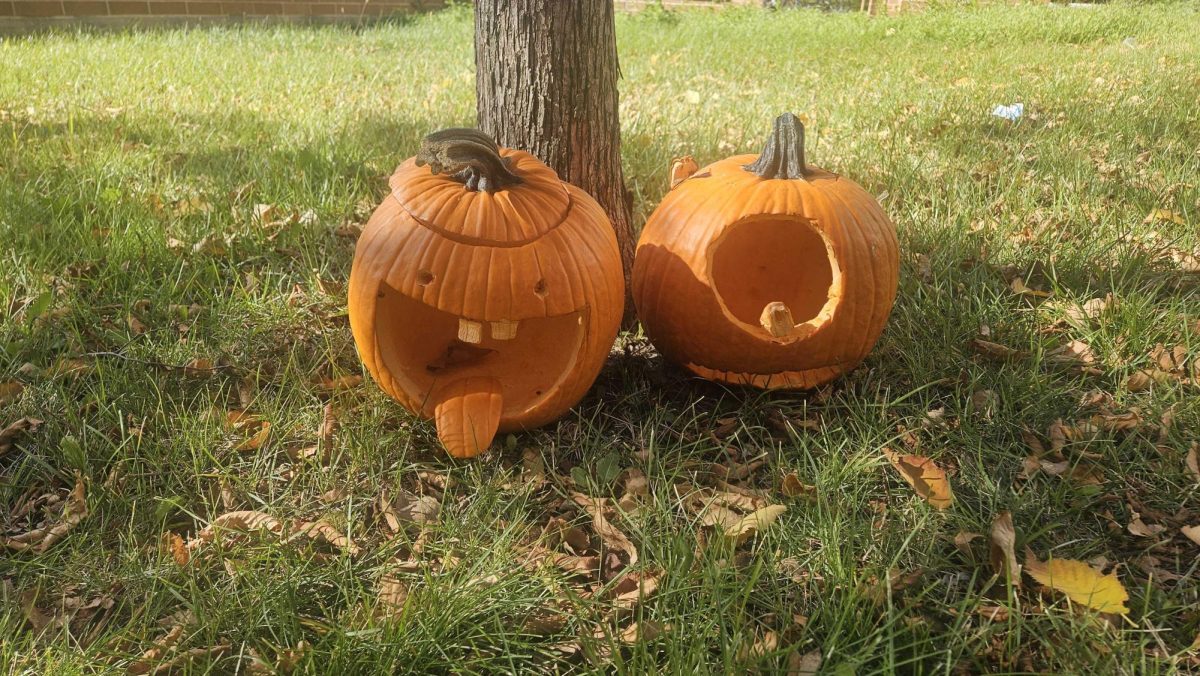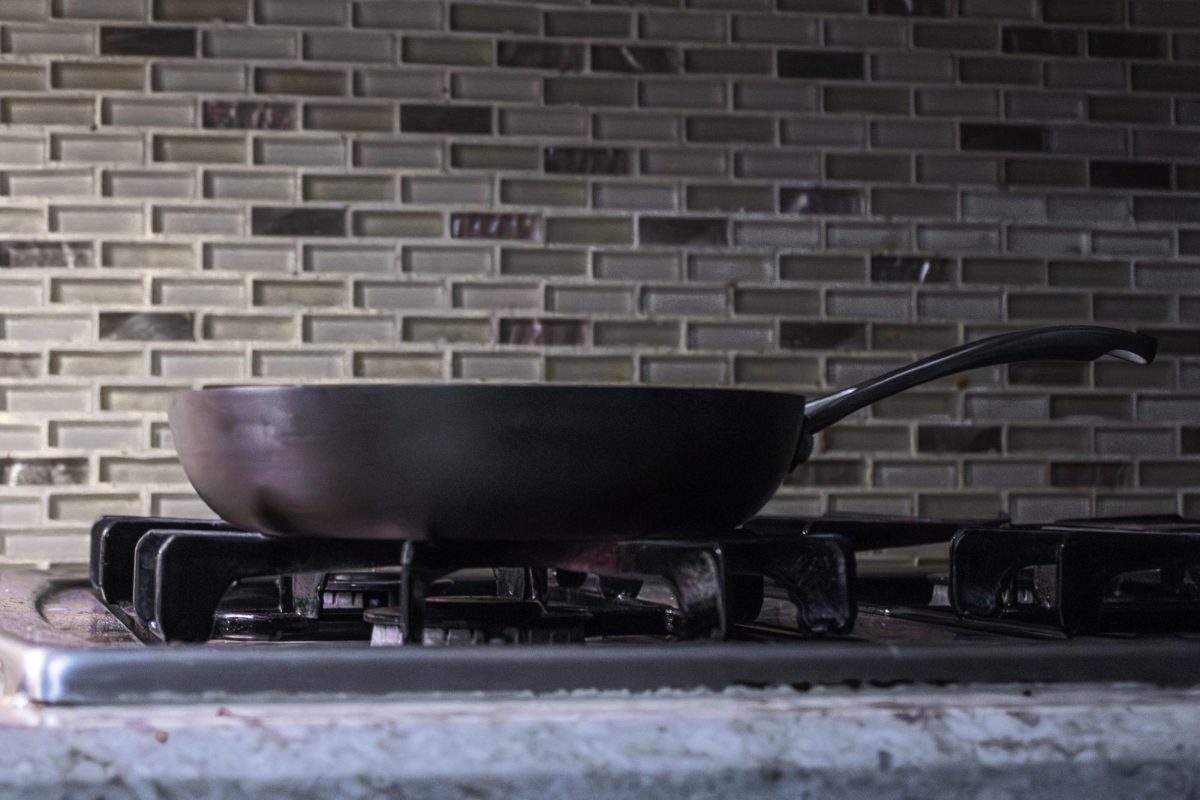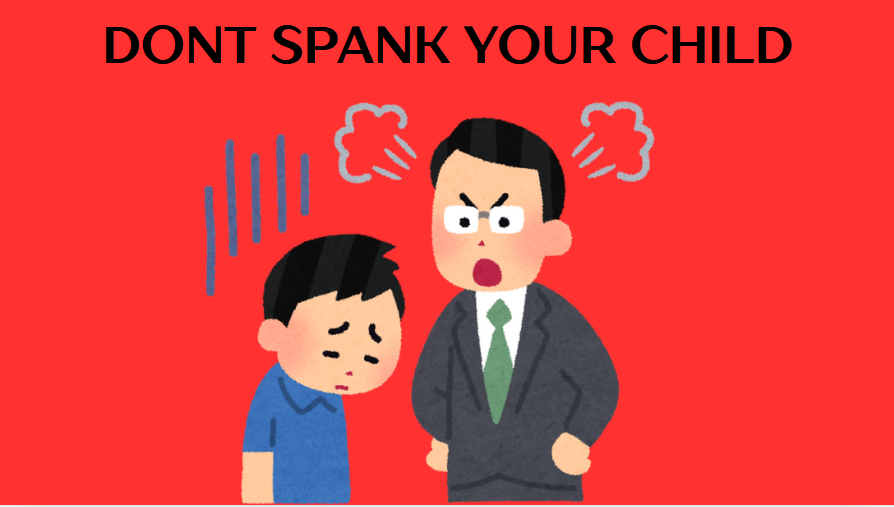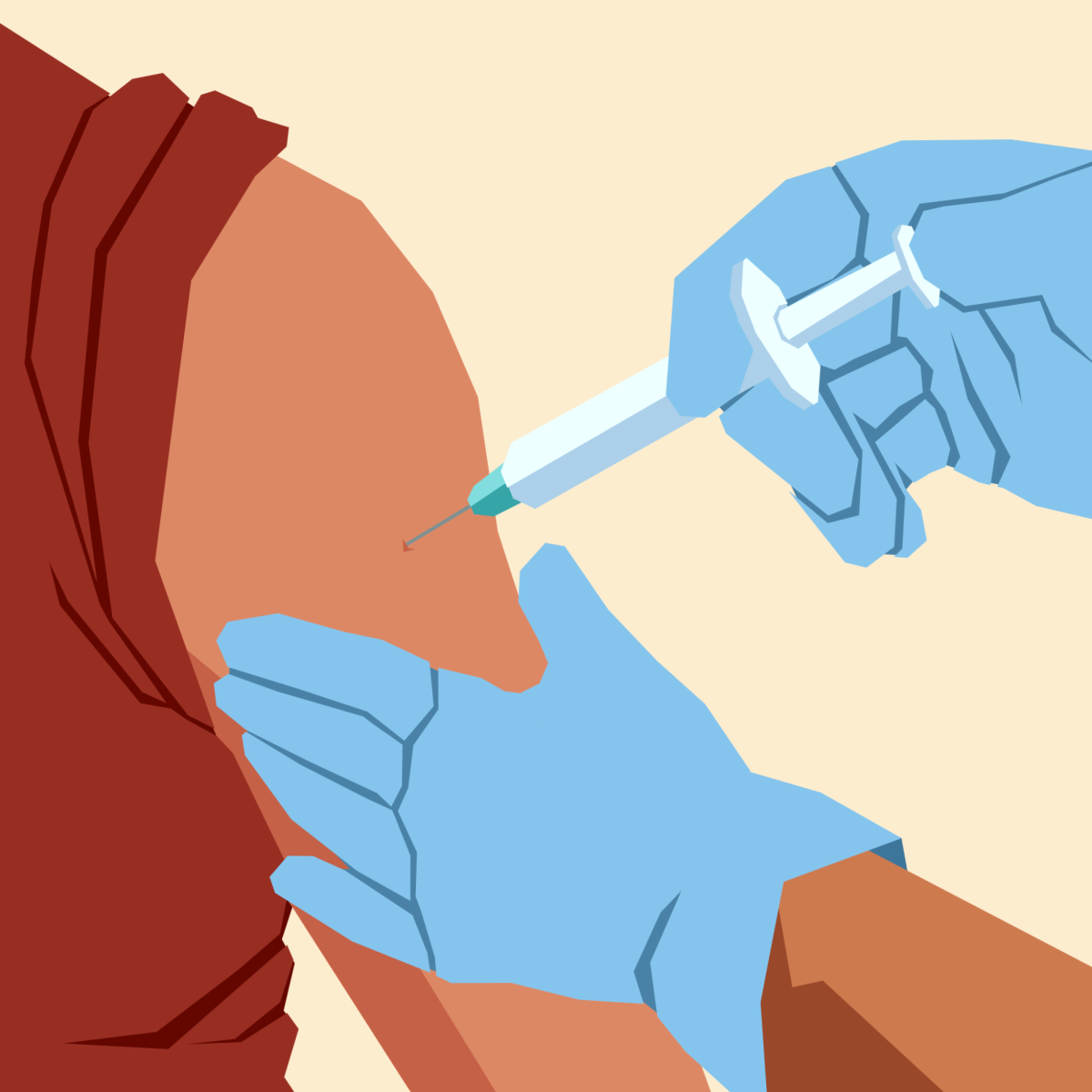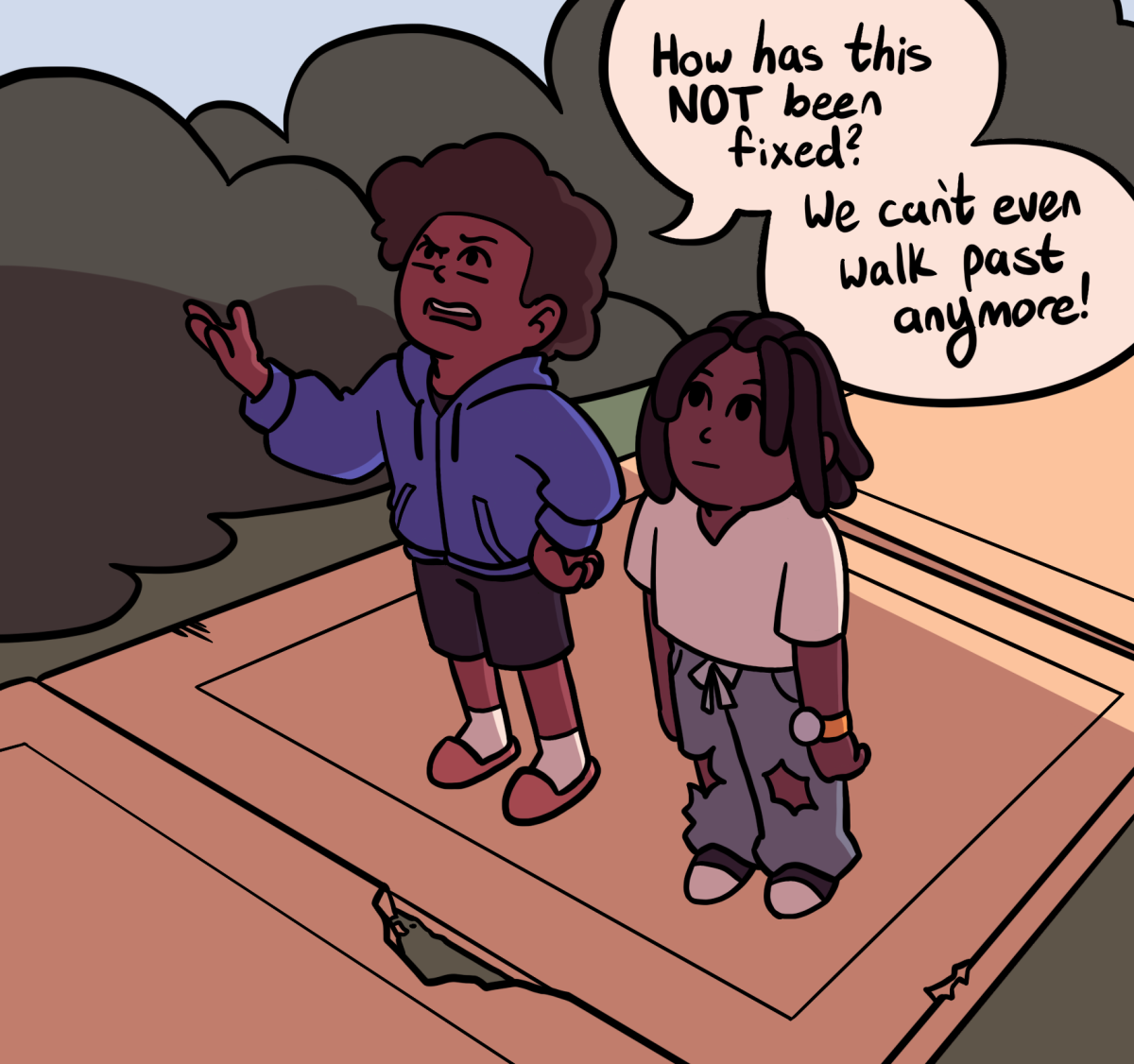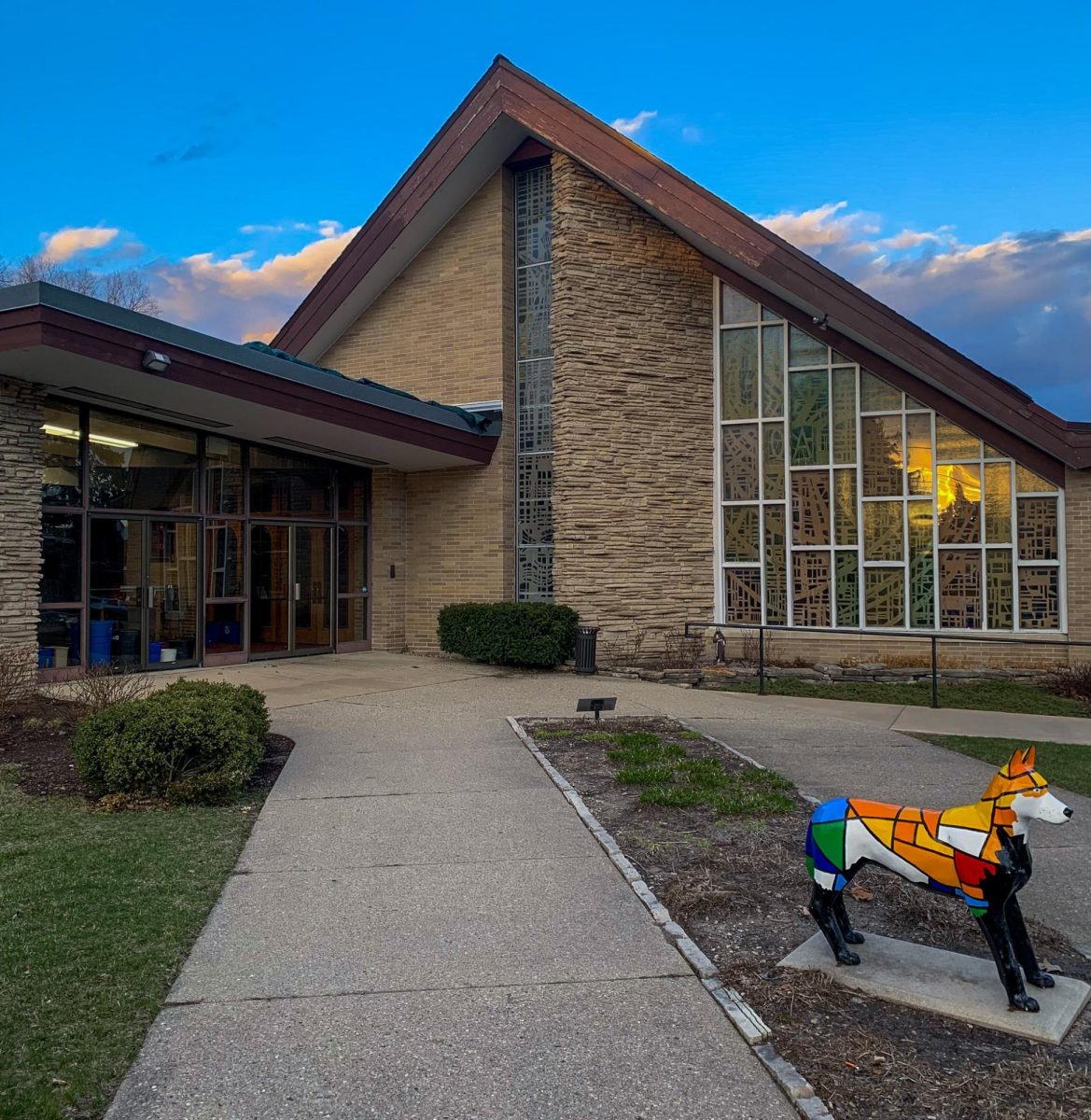Every October, families across the U.S. set up spooky decorations, ranging from grinning jack-o’-lanterns to fake skeletons and cobwebs. These decorations are great for setting up a festive atmosphere, but not so great for the environment.
Take the iconic jack-o’-lanterns, for example. Hundreds of millions of pounds of pumpkins are produced each year; many destined to decorate front lawns on Halloween.
However, once Halloween is over, what is done with the now-outdated pumpkin decorations? Unfortunately, millions of pounds of jack-o’-lanterns are thrown into the trash to decompose in a landfill. This contributes to methane gas production from landfills, which is harmful for the environment.
Plastic is also a common material used to create Halloween decorations, such as in fake spiderwebs. The production and disposal of plastic generates significant amounts of greenhouse gases, and plastic waste contaminates soil and water. Furthermore, the sheer scale of plastic production and consumption exacerbates these problems further.
This becomes even more concerning when factoring in the projected 82% of U.S. homeowners that will decorate their homes to celebrate Halloween this year. Moreover, the Halloween industry is expected to grow further in 2025, since Americans are expected to spend $13.1 billion on Halloween-related purchases this year.
Halloween decorations shouldn’t just go away of course; that would make the holiday much less fun. Fortunately, there are ways consumers can reduce the amount of waste produced by Halloween decorations.
For example, there are numerous ways to sustainably dispose of a used jack-o’-lantern, such as composting it, letting local wildlife eat it or using it for cooking. Reusing Halloween decorations, buying them second-hand or making your own decorations from sustainable materials can cut down on plastic waste.
Consumers should also avoid overdoing it when it comes to decorating; the entire front lawn doesn’t need to be covered in spooky props.
“I think if you can’t see the grass in your lawn anymore, that’s kind of a lot,” said Sarah Holmes, a fourth-year biology major. “But I think as long as it looks good and they have fun with it, that’s what matters.”
The goal of Halloween is to enjoy ourselves after all, though we should remain mindful of the environmental impact of our festivities. It will be a shame if future generations can’t fully enjoy Halloween due to climate change, pollution and scarcity.


